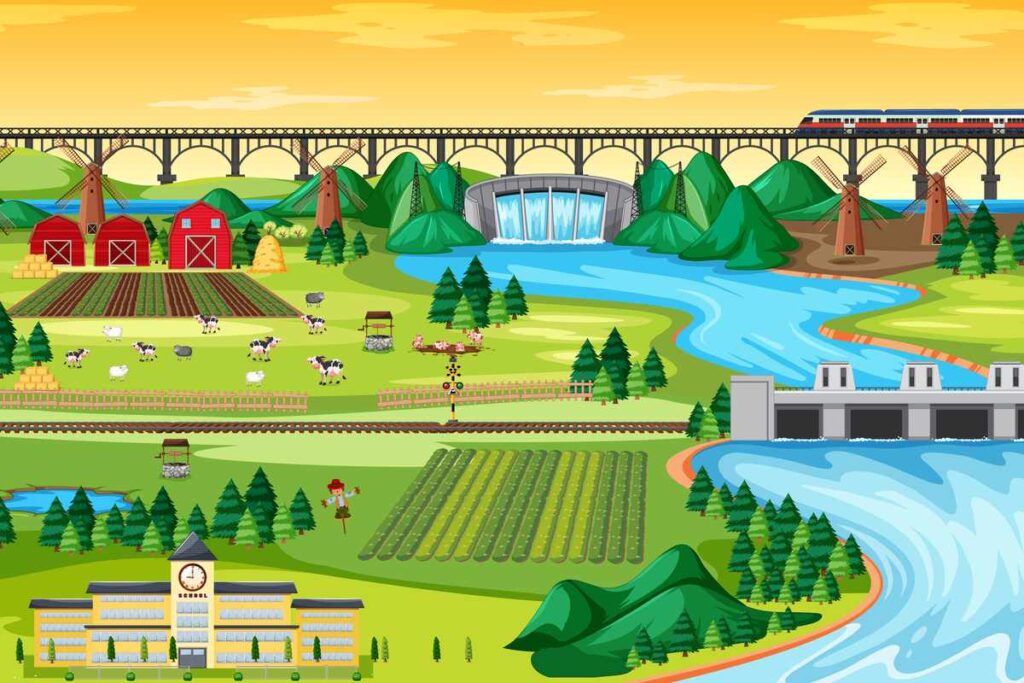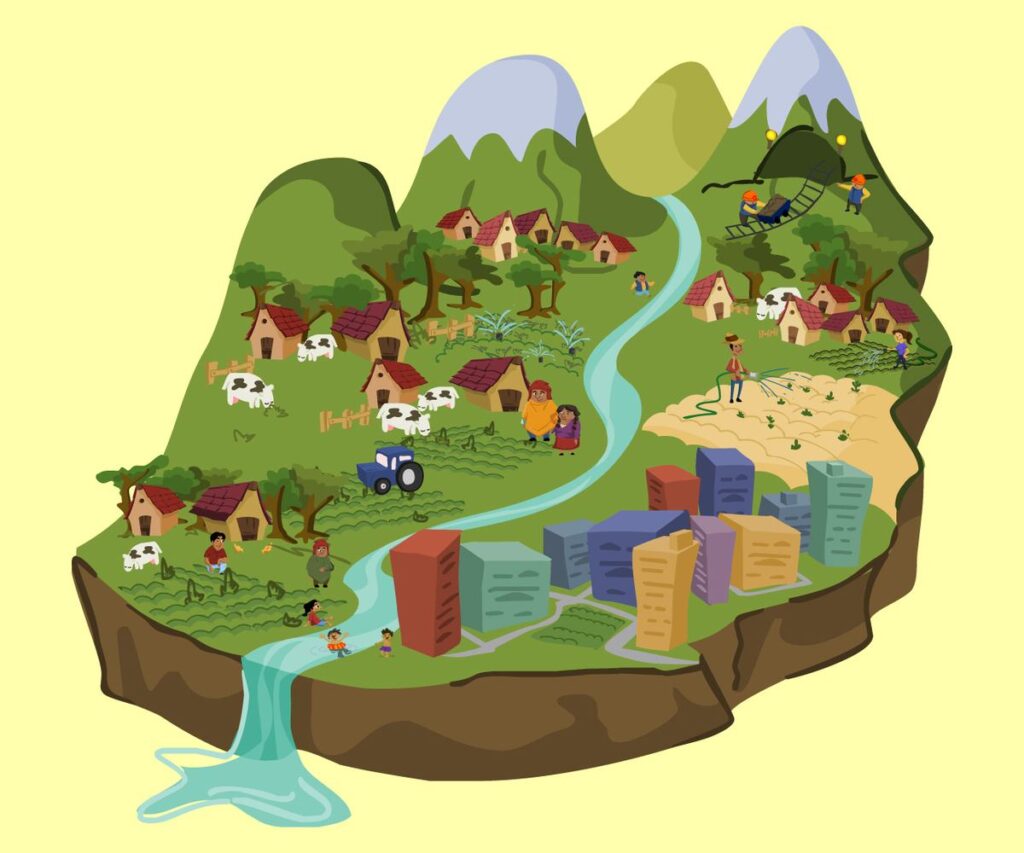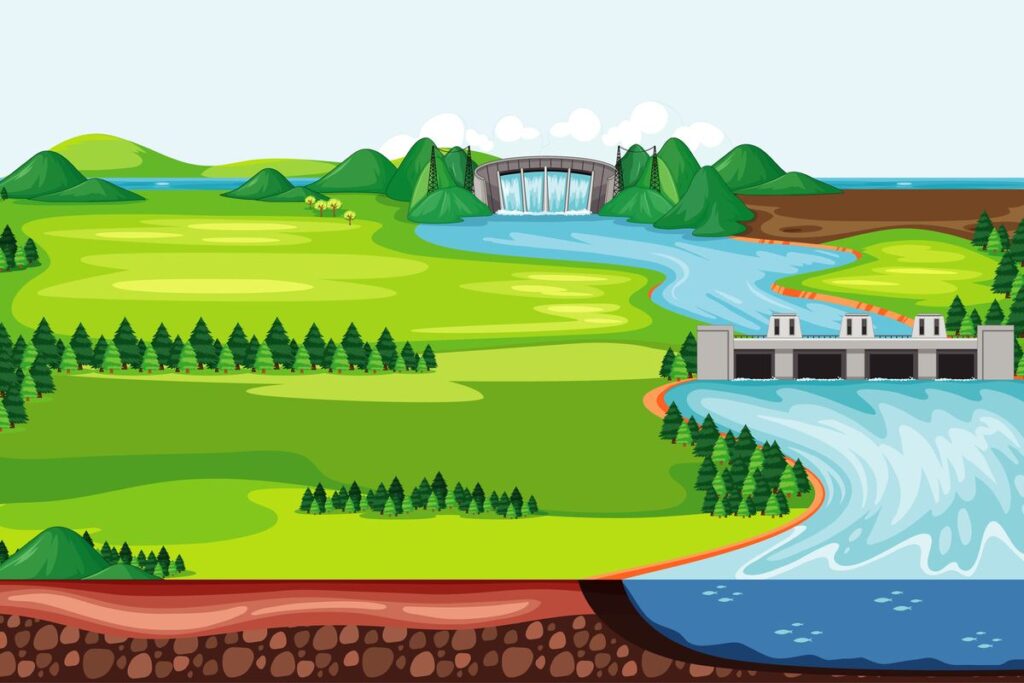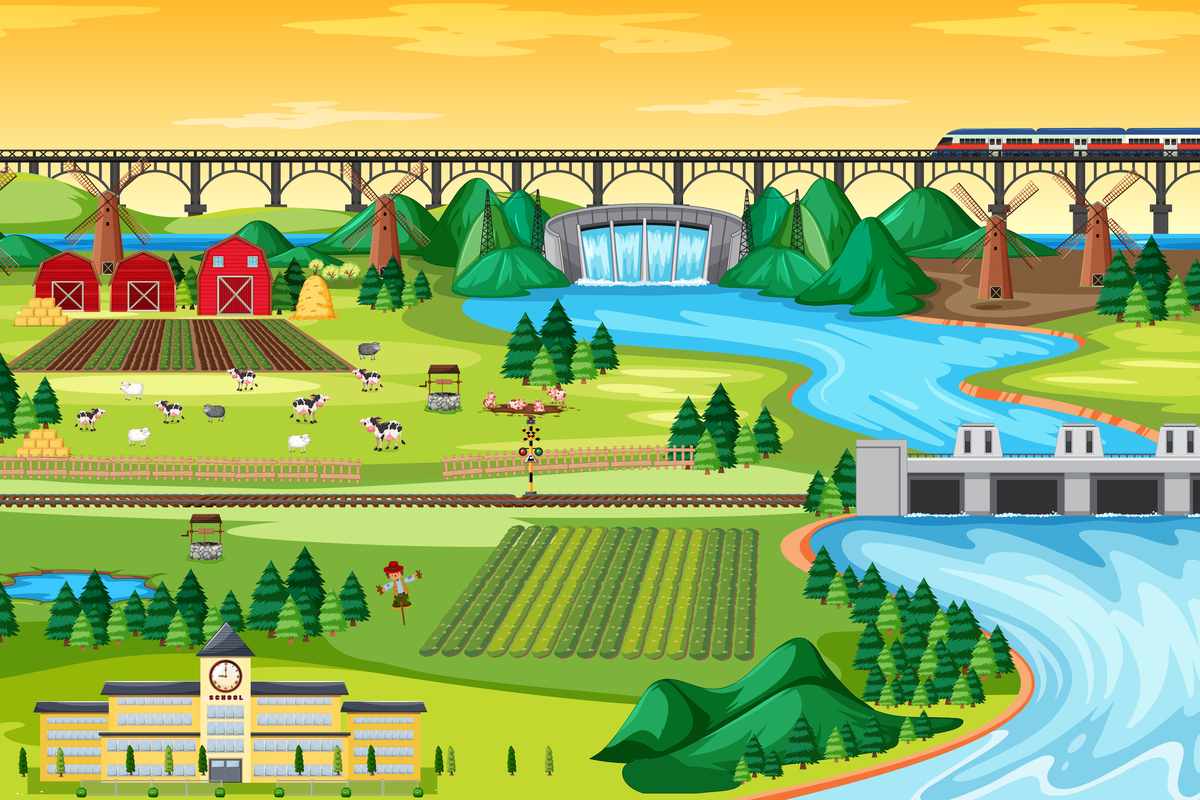
Watershed management involves the strategic planning and execution of practices aimed at safeguarding and improving water resources within a watershed, which is defined as a land area that channels water into a shared water body.
Watershed management offers numerous environmental, economic, and social benefits by promoting the sustainable use of natural resources. It involves soil and water conservation, afforestation, sustainable agricultural practices to prevent erosion, supports biodiversity, promotes community participation, and integrates scientific and traditional knowledge to ensure long-term environmental and economic benefits.
While watershed management offers numerous environmental and economic benefits, it also has certain disadvantages and challenges. In this article, we will discuss the advantages and disadvantages of watershed management in detail.
Table of Contents
Advantages of Watershed Management

1. Conservation of Water Resources
Watershed management plays a crucial role in replenishing groundwater by implementing rainwater harvesting and soil conservation methods. It guarantees the accessibility of water for drinking, agricultural, and industrial needs. Additionally, it minimizes water waste and encourages the effective utilization of existing water resources.
2. Prevention of Soil Erosion and Land Degradation
Afforestation, terracing, and contour plowing are effective techniques for minimizing soil erosion. These methods help preserve topsoil, which is crucial for sustaining soil fertility and enhancing agricultural output. Additionally, they decrease silt accumulation in rivers, lakes, and reservoirs, thereby extending their operational lifespan.
3. Enhancement of Agricultural Productivity
Watershed management enhances crop yield by mitigating soil erosion and enhancing soil moisture retention. It encourages sustainable agricultural practices such as agroforestry and organic farming. Additionally, it decreases reliance on chemical fertilizers by naturally improving soil health.
4. Flood and Drought Mitigation
Effective watershed management plays a crucial role in controlling water flow and minimizing flood risks. It is particularly beneficial in drought-affected regions by enhancing groundwater recharge and promoting water conservation. Additionally, it mitigates the occurrence of flash floods and waterlogging, thereby safeguarding both human communities and agricultural lands.
5. Biodiversity Conservation and Environmental Protection
Aids in the restoration of natural ecosystems through the conservation of forests, wetlands, and rivers. Promotes wildlife habitats by sustaining ecological equilibrium. Mitigates pollution by reducing sedimentation and managing agricultural runoff.
6. Socio-Economic Benefits
Improves living standards by creating job opportunities in agriculture, forestry, and water conservation initiatives. Increases water accessibility for both residential and industrial purposes, fostering economic development. Strengthens local communities through participatory watershed management programs.
7. Climate Change Adaptation
Helps in reducing the impacts of climate change through the enhancement of vegetation cover and the promotion of carbon sequestration. Strengthens community resilience to extreme weather conditions, such as intense rainfall and extended drought periods.
8. Improvement in Water Quality
Reduces contamination of water sources by controlling pollutants from agricultural and industrial activities. Ensures safe drinking water by protecting water bodies from sedimentation and chemical runoff. Promotes eco-friendly water treatment solutions such as wetland restoration.
Disadvantages of Watershed Management

1. High Initial Costs
Implementing watershed management practices requires significant financial investment in infrastructure, reforestation, soil conservation techniques, and water harvesting structures. Many developing regions struggle to allocate sufficient funds, making large-scale watershed management projects difficult to implement.
2. Long Gestation Period
The advantages of watershed management, including better water retention, enhanced soil fertility, and increased biodiversity, often take years or even decades to manifest completely. This extended timeline can pose difficulties in maintaining interest and securing funding over the long term.
3. Complex Implementation
Effective watershed management necessitates the collaboration of various stakeholders, such as local communities, government bodies, environmental groups, and the agricultural sector. Achieving seamless cooperation among these parties can be challenging, often resulting in inefficiencies and disputes.
4. Displacement of Local Communities
Large-scale watershed management projects, especially those involving the construction of reservoirs, check dams, and afforestation programs, may lead to the displacement of local communities. This can create socio-economic challenges, including loss of livelihoods and cultural disintegration.
5. Potential for Land Use Conflicts
Different groups within a watershed may have competing interests, such as farmers needing land for agriculture, industries requiring water, and conservationists aiming to preserve natural ecosystems. Managing these conflicting interests can be a significant challenge.
6. Maintenance and Sustainability Issues
Watershed structures, including check dams, trenches, and recharge pits, necessitate consistent maintenance to operate efficiently. Poor maintenance can lead to system failures, reducing the long-term effectiveness of the project. Additionally, a lack of community involvement may contribute to neglect in the maintenance of these structures.
7. Dependence on Climate and Geography
The success of watershed management heavily depends on local climatic conditions and geography. In arid and semi-arid regions, low and erratic rainfall can limit the effectiveness of water conservation measures. Similarly, in highly sloped areas, excessive runoff can hinder soil and water retention efforts.
8. Resistance from Local Communities
People living within the watershed may resist adopting new conservation practices due to a lack of awareness, fear of losing agricultural land, or economic constraints. Changing traditional land-use patterns requires extensive education, training, and incentives, which may not always be available.
Conclusion
Watershed management is essential for achieving sustainable water and soil conservation, providing a range of benefits such as increased water availability, decreased soil erosion, improved agricultural yields, and the preservation of biodiversity. It also plays a significant role in flood and drought mitigation while fostering community involvement and ensuring long-term environmental health. However, it faces several challenges, including substantial initial investments, intricate implementation processes, conflicts over land use, and ongoing maintenance requirements. Furthermore, there may be unintended environmental impacts and resistance from local populations that can impede progress. Despite these challenges, the advantages of effective watershed management significantly surpass its drawbacks when it is thoughtfully planned and executed. Successful outcomes depend on efficient implementation, sufficient funding, collaboration among stakeholders, and active community participation to address challenges and promote the sustainability of healthy ecosystems.







